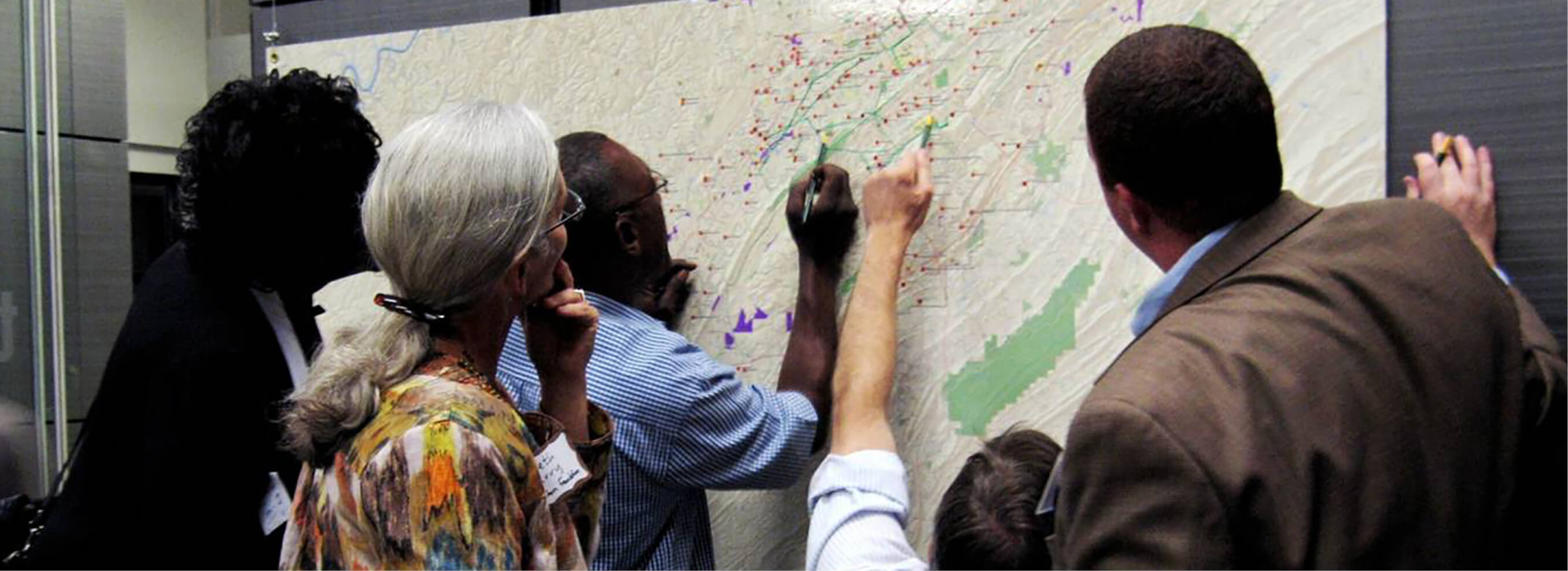The future of community master planning
December 20, 2019 · Insights

GMC Regional and Community Planner Brandon Bias, AICP, LEED Green Associate, spoke to Recreation Management about the challenges of community planning, understanding the vision and intent, and insights for planning execution.
Excerpted from Recreation Management:
Civic leaders look to decisively develop community master plans to best serve their residents. The old adage that says “people don’t plan to fail, they fail to plan” rings true in community planning, where the goal is to understand the current state of the community’s and set goals and expectations for where it will go in the future. While some states have planning requirements that serve as guidelines for communities, those places with no mandate should make a plan as well to improve the community aesthetics and how it serves residents. Communities have limited resources and financial constraints, and plans provide the needed justification to make changes. Community plans can help define the expectations of the community for its leaders. This is no small task, nor is it simple.
To optimize community master planning, leaders face challenges to effectively communicate with residents to solicit feedback about their needs and desires. Such feedback is vital. The information gathered helps both leaders and project teams understand and develop the community vision and its intent, which is translated into a master plan to support project execution. At the heart of this is articulating the vision in a way that reflects the community’s priorities.
Challenges
>> Understanding local culture, defining communication: One of the key challenges for stakeholders as well as project teams serving the community is to quickly get the pulse of the local culture, understanding the community—elected officials, businesses and other decision-makers—and coordinating how to communicate and work effectively within their sphere.
Local leaders and project teams may approach a new project with great ideas that have been successful in the past, but every new initiative is different, and a one-size-fits-all approach does not exist. Teams approaching a new project need to communicate effectively with local stakeholders to identify and define the underlying drivers within community intent.
>> Negotiating perspectives toward effective execution: In many cases, the team is working in close connection with the local government, whose participation is part of protocol. Project team leaders seek to guide the public interest in the project, negotiating the difference in perspective between leaders, project managers and members of the public.
One of the most difficult challenges in this area is the actual conversations with the community. Because they set the vision and intent, these conversations are critical, so it is important to plan well and execute effectively. Much of the efforts in community planning are forward-looking, but ample research on the current state provides a snapshot of what the community is like currently. To establish a baseline from the status quo, the team sits down to a discussion with members of the community after outlaying project purpose and intent, to understand current demographics.
The discussion also focuses on current amenities—parks and recreation, education, and community facilities and services—all the things that define their quality of life. This is a critical step because planners and residents need a solid understanding of where the community is currently before they can craft recommendations or determine their vision.

Brandon Bias, AICP, LEED Green Associate, is regional and community planner, Landscape Architecture and Community Planning with GMC. Click here to contact Brandon for more information on comprehensive community master planning.